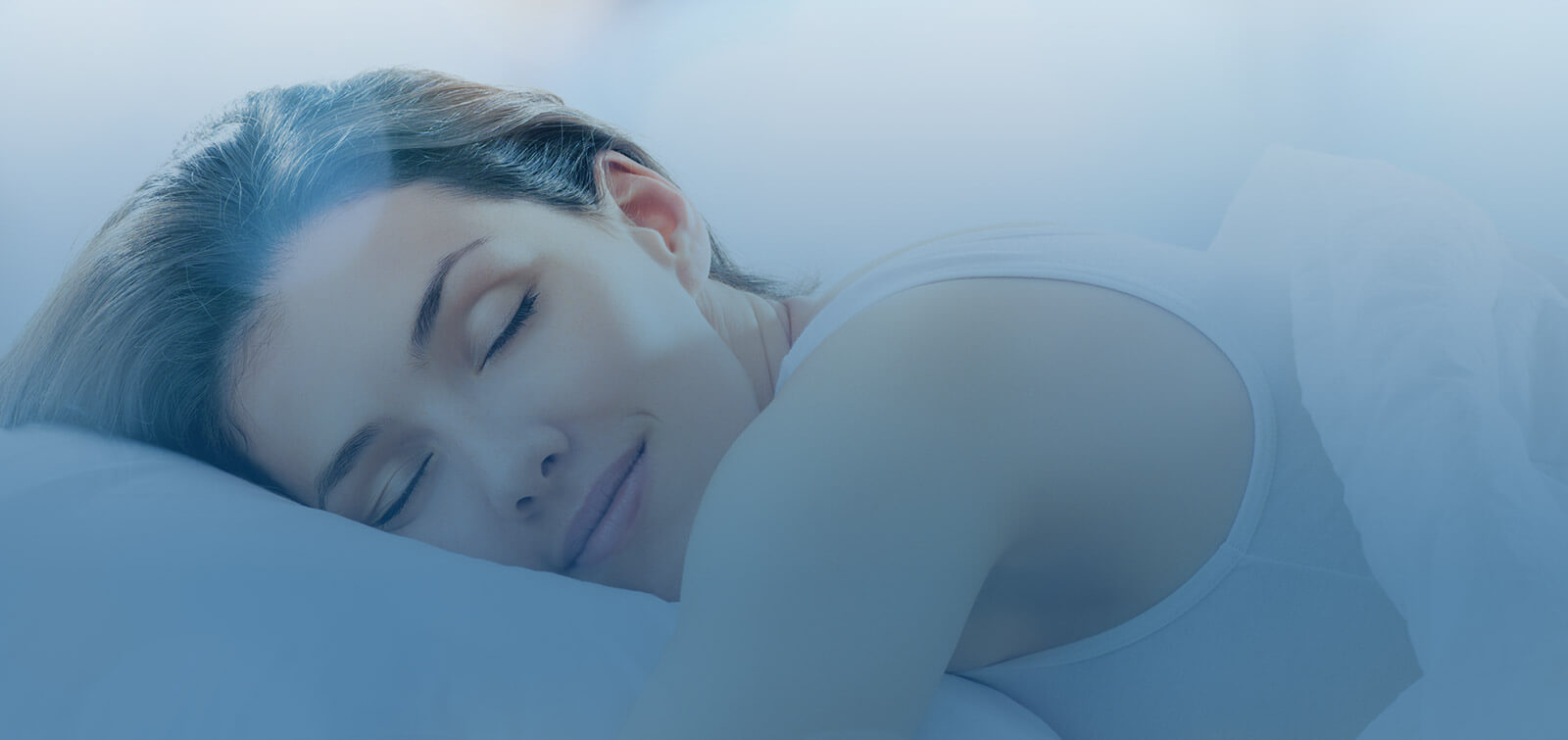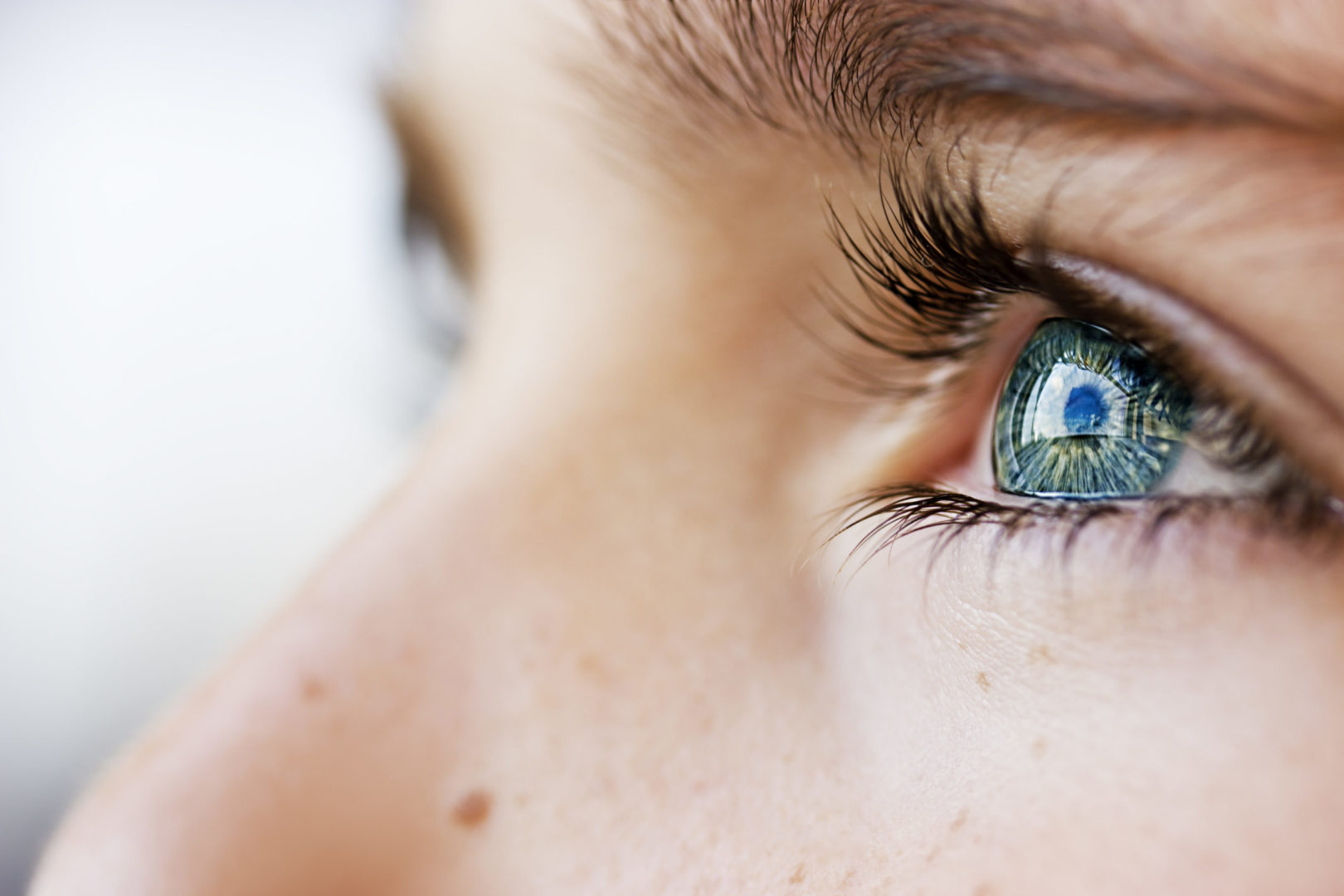Sleep away your shortsightedness with night wear lenses called Ortho-K.
Orthokeratology is a procedure intended for the shortsighted.

With the so-called Ortho-K lenses, people with ametropia from +2.00 dioptres to -8.50 dioptres and astigmatism (curvature of the cornea) of up to 2.5 dioptres can regain their vision overnight.
This means that you no longer have to wear glasses or “normal” contact lens during the day.
Ortho-K lenses are highly gas-permeable, dimensionally stable contact lens that must be changed annually.
Orthokeratology is a reversible procedure, i.e. the original condition of the cornea is automatically restored by no longer wearing the night wear lens.
WHAT IS ORTHOKERATOLOGY?
Orthokeratology is the controlled change of the corneal shape by special dimensionally stable contacts. Minor and moderate myopia can be corrected by wearing the Ortho-K lens overnight so that vision is possible the following day without additional visual aids.
Who is orthokeratology suitable for?
With the latest Ortho-K lens, short-sightedness to -8.50 dpt and corneal curvature (cyl) to -2.50 dpt can be compensated. The effect lasts at least 16 hours. Only after this time would the vision slowly deteriorate again (almost imperceptibly).
Most Ortho-K lens wearers can completely omit the contact lenses for one night without noticing a deterioration in vision the following day. As the vision of Ortho-K is still 100% even late in the evening, driving a car at night, for example, is no problem. Possibly occurring scattered lights (halos) at dusk are only perceived during the acclimatisation phase (approx. 1 week) and then disappear.
The higher the previous short-sightedness is, the longer the process takes until the maximum vision is reached. In the case of a short-sighted eye with e.g. -1.50 dpt, full vision is usually achieved after the first night, whereas in the case of -4.50 dpt after the first night between 50-80% vision without glasses can be expected. With higher short-sightedness it takes approx. 3-4 nights until full vision is achieved in the morning. After approx. 1 week the vision is optimal from morning to evening. During the acclimatisation phase, the customer can temporarily wear a daily lens in the evening with a residual correction of -1.00 dpt, for example, so that the vision is more stable.
After this acclimatisation phase, the customer always has an optimal visual performance, because with the Ortho-K lens on the eye 100% can always be seen and without the contacts of course also. This means completely free from glasses. With normal contact lens, the customer should always wear glasses and contacts alternately. With the Ortho-K lens you no longer need glasses!
Orthokeratology also works very well in otherwise hopeless cases. E.g. with very dry eye (here no soft contact lens can be adapted, since thereby the eye is additionally dried out and can be carried therefore only with strong foreign body feeling). Or even with extremely sensitive eyes, on which no dimensionally stable contact lens is placed, because the eye is too strongly irritated. The Ortho-K lens does not dry out the eye a bit and you do not feel it even at night while sleeping. Since the full oxygen content of the air can reach the eye during the day, it is one of the healthiest forms of contact lens wear and even suitable for customers who have contact lens intolerance.
HOW DOES ORTHOKERATOLOGY WORK?
The Ortho-K contact lens is placed on the eye at night just before going to sleep. The contact lens only works when the eye is closed. Sleeping times shorter than five hours are problematic, as the contact lens can only develop its full power from the fifth hour onwards. The longer you sleep, the better. Sleep times of at least 7 hours should be achieved regularly, as otherwise the contact lens cannot work optimally and the desired vision is not achieved.
MODE OF ACTION OF THE ORTHO-K NIGHT LENS:
In order to understand what the contact lens does when sleeping on the eye, one must understand the physiology and structure of the cornea of the eye. The cornea is the part of the eye on which the contact lens acts.
STRUCTURE OF THE CORNEA:
The cornea is the transparent part of the eye on which the contact lens is placed. It consists of five layers of different thicknesses. However, only the uppermost layer, the so-called epithelium, is important for us.
- Corneal epithelium
- Bowman membrane
- stroma
- Descement’s membrane
- endothelium
The corneal epithelium is about 0.04mm to 0.06mm thick. It is the uppermost layer of the cornea and renews itself completely once in 7 days. Such an epithelium as it occurs on the eye, there is similarly also on the “normal” skin on the human body. Such an epithelium scales itself off and is thus a protection for the underlying tissue. The Ortho-K contact lens makes use of this process by pushing the top layer of the epithelium from the middle of the cornea (directly above the pupil) to the edge by adhesive forces (tensile forces). Since only the top layer of the epithelium is moved here, the natural protective mechanism of the eye is fully preserved. In addition, this effect of orthokeratology is reversible due to the rapid regeneration time of the epithelium. This means that if the contact lens is no longer worn, it will take another 7 days for the old shortsightedness to be restored. Orthokeratology is in no way harmful to the eye compared to laser eye surgery, which destroys tissue in much deeper layers (stroma) in order to achieve a lasting effect. Recent studies from the USA, on the other hand, have even pointed out that the eye dioptres in orthokeratological contact lenses remain very constant, i.e. do not change. For this reason, Ortho-K contact lenses are also used with children who are already very shortsighted at a young age. In general, there is no age limit for orthokeratology.
LONG-TERM EXPERIENCE WITH ORTHOKERATOLOGY:
People in ancient China already tied small sandbags to their eyes at night 500 years ago in order to be able to see better during the day. The principle has therefore been known for a long time, but the exact correction of myopia has only been possible since the mid-1990s. Only by the topographical representation of the cornea by exact measuring devices and the CNC production technology of the newest machines it became possible to compensate the dioptric strength absolutely exactly during the whole day. Normal dimensionally stable contacts have been around for over 100 years. These “normal” contacts also often have a similar effect to orthokeratological contact lens. The epithelium is shifted slightly, but this happens completely uncontrolled. For this reason, the contact lens should not be worn two or three days before the eyeglass lens determination so that the eye can be measured exactly.
Modern orthokeratology has been available in Germany since 2002.
THE ADJUSTMENT COSTS AMOUNT TO COSTS:
The adjustment costs are 150 Euro. If the contract is successful, the customer’s account will be debited every month from 49 euros. The contact lens are paid off thus. All follow-up checks are included, so that the costs remain absolutely manageable. Since the Ortho-K contact lens are always annual lenses, these must be renewed also once in the year,
In order to ensure an optimal correction.
After one year, the customer can decide whether he wants the contact lens back or not. If a follow-up care should take place, the new contact lenses are measured and ordered (it remains always with the rate amount starting from 49.- euro in the month). If the customer no longer wants to wear the contact lens, he must return them to us and can put on his old glasses again after just a few days.
CARE AND CLEANING OF THE ORTHO-K CONTACT LENSES:
These special highly gas-permeable contact lens may only be cleaned and stored with a special care product. With the wrong care products, the contact lens could break or the effect of the contact lens overnight would be wrong.
THAT IS WHY WE RECOMMEND:
- Cleaning solution: – Top 1 for 3 months: 11,60 Euro
- Storage solution: – Eye Sky A – All in One for 3 months: 10,90 Euro
– Saline solution for rinsing in the evening approx. 3 months: 4,50 Euro
– Wetting solution for removal of contact lenses approx. 3 months: 7.90 Euro
– The total costs for 3 months of care products amount to approx. 34.90 Euro.
ADVANTAGES / DISADVANTAGES OF ORTHO-K CONTACT LENS:
- no contact during the day
- Optimally suited for dry eyes
- Optimally suited for very sensitive eyes
- myopia and corneal curvature can be corrected
- Stable vision from morning to evening
- Never wear glasses again!
- Vision is always 100% with and without contact lens.
- Also suitable for contact lens intolerances
- No foreign body sensation on the eye
- Absolutely reversible (can be undone)
- A real alternative to LASER method „LASIK or LASEK“
- Healthiest form of contact lens wear, because during the day the eye is always supplied with optimal amounts of oxygen and nutrients through the tear film. (This is not the case with any other contact lens).
- Loss of the contact lens is very unlikely as it is only worn at night when sleeping in bed.
- If the contact lens is exposed for a night, the next day you can usually see well enough to do without correction.
- The insertion and removal of the Ortho-K contact lens is very simple (because it is dimensionally stable)
- No minimum age is required (often used on children to stabilize vision).
- D By the special imaging of the Ortho-K contact lens on the cornea dioptric changes can be stabilized and stopped. (Latest studies from the USA)
- The contact lens do not have to be paid in full at once, but are conveniently paid by monthly direct debit.
-
- the contact lenses should be worn at least seven hours every night, if possible, otherwise the optimal visual performance can not be achieved.
-
- It is only myopia up to a maximum of -5.00 dpt and astigmatism up to a maximum of -2.50 dpt correctable.
- Who fits these special Ortho – K contact lenses?
- These contact lenses are usually only adapted by a contact lens studio or contact lens institutes. “Normal” opticians or ophthalmologists often do not even know that orthokeratology even exists.
WHAT IS THE REASON FOR THIS?
On the one hand, this form of care is only possible if one has special measuring instruments to enable an exact topography of the eye. In addition, the adjustment with your detailed follow-up checks requires a lot of time to check and explain everything (this is not possible in a ten-minute session with the ophthalmologist). Unfortunately, many opticians are often already overwhelmed with “normal” contact lens, so that not even the eye is roughly measured and only soft exchange lens are pushed “over the table”. It is therefore not surprising that only a contact lens specialist with experience dares to make this special correction.
Every Ortho-K contact lens fitter must have training in wearing these lens to ensure the safety of your eyes.
More information on Orthokeratology Ortho K or night wear lens:
http://www.dreamlens-muenchen.de
City Optik Munich contact lens hearing aids
Sonnenstr. 4
80331 Munich
Tel: 089-5522670
Download information:
Infos Ortho K Kontaktlinsen.pdf
Pflegemittelanwendung Ortho – K Kontaktlinsen.pdf




